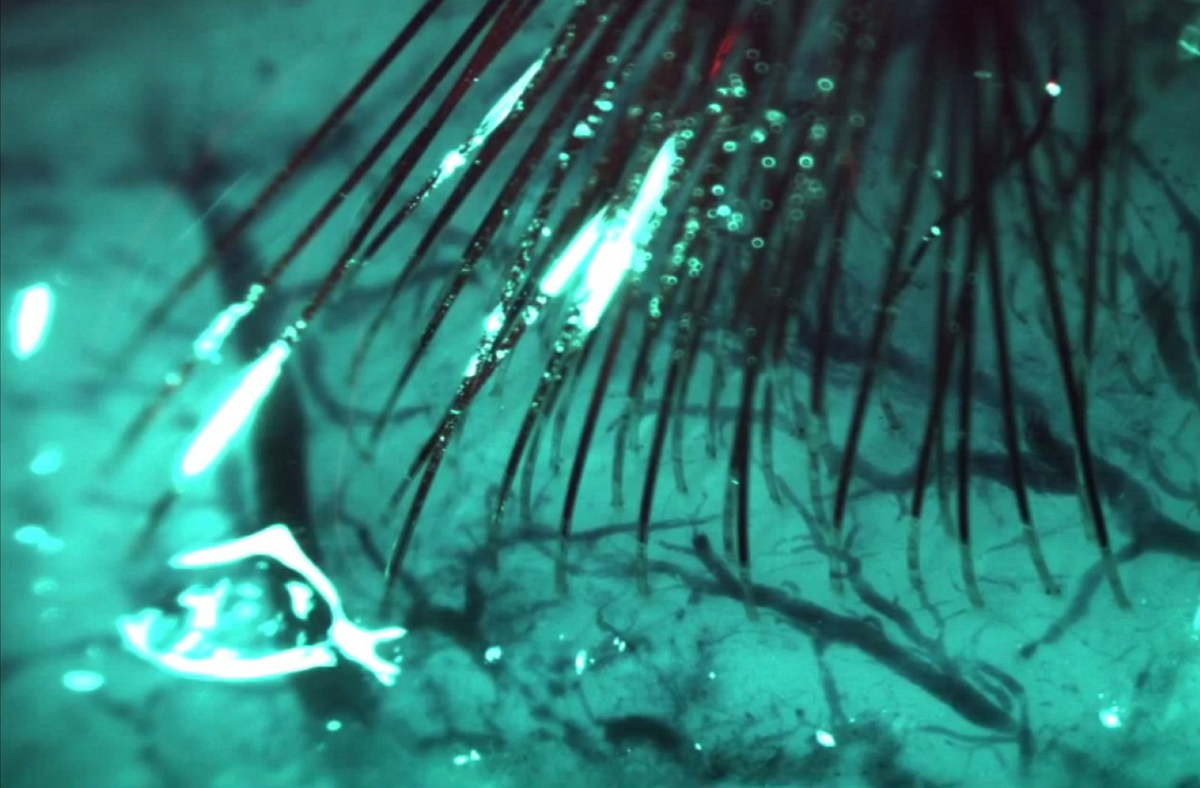In 2018, I wrote extensively about the emerging opportunities and challenges around augmentation technologies in the book Films from the Future — including the advances being promised by Elon Musk’s company Neuralink.
As Neuralink gears up to demonstrate their latest advances in cutting edge brain-machine interface technology, I thought it worth posting a few relevant excerpts from the book here. These are from the chapter that is inspired by the 1995 Anime movie Ghost in the Shell, and focuses on the opportunities and challenges surrounding human augmentation.
Through a Glass Darkly
On June 4, 2016, Elon Musk tweeted: “Creating a neural lace is the thing that really matters for humanity to achieve symbiosis with machines.”
This might just have been a bit of entrepreneurial frippery, inspired by the science fiction writer Iain M. Banks, who wrote extensively about “neural lace” technology in his _Culture _novels. But Musk, it seems, was serious, and in 2017 he launched a new company to develop ultra-high-speed speed brain-machine interfaces.
Musk’s company, Neuralink, set out to disrupt conventional thinking and transform what is possible with human-machine interfaces, starting with a talent-recruitment campaign that boldly stated, “No neuroscience experience is required.” Admittedly, it’s a little scary to think that a bunch of computer engineers and information technology specialists could be developing advanced systems to augment the human brain. But it’s a sign of the interesting times we live in that, as entrepreneurs and technologists become ever more focused on fixing what they see as the limitations of our biological selves, the boundaries between biology, machines, and cyberspace are becoming increasingly blurred.
Plugged In, Hacked Out
In Western culture, we deeply associate our brains with our identity. They are the repository of the memories and the experiences that define us. But they also represent the inscrutable neural circuits that guide and determine our perspectives, our biases, our hopes and dreams, our loves, our beliefs, and our fears. Our brain is where our cognitive abilities reside (“gut” instinct not withstanding); it’s what enables us to form bonds and connections with others, and it’s what determines our capacity to be a functioning and valuable part of society — or so our brains lead us to believe. To many people, these are essential components of the cornucopia of attributes that define them, and to lose them, or have them altered, would be to lose part of themselves.
This is, admittedly, a somewhat skewed perspective. Modern psychology and neurology are increasingly revealing the complexities and subtleties of the human brain and the broader biological systems it’s intimately intertwined with. Yet despite this, for many of us, our internal identity — how we perceive and understand ourselves, and who we believe we are—is so precious that anything that threatens it is perceived as a major risk. This is why neurological diseases like Alzheimer’s can be so distressing, and personality changes resulting from head traumas so disturbing. It’s also why it can be so unsettling when we see people we know undergoing changes in their personality or beliefs. These changes force us to realize that our own identity is malleable, and that we in turn could change. And, as a result, we face the realization that the one thing we often rely on as being a fixed certainty, isn’t.
Over millennia, we’ve learned as a species to cope with the fragility of self-identity. But this fragility doesn’t sit comfortably with us. Rather, it can be extremely distressing, as we recognize that disease, injuries, or persuasive influences can change us. As a society, we succeed most of the time in absorbing this reality, and even in some cases embracing it. But neural enhancements bring with them a brand new set of threats to self-identity, and ones that I’m not sure we’re fully equipped to address yet, including vulnerability to outside manipulation.
#augmentation #elon-musk #brain #neuralink #brain-machine-interfaces
